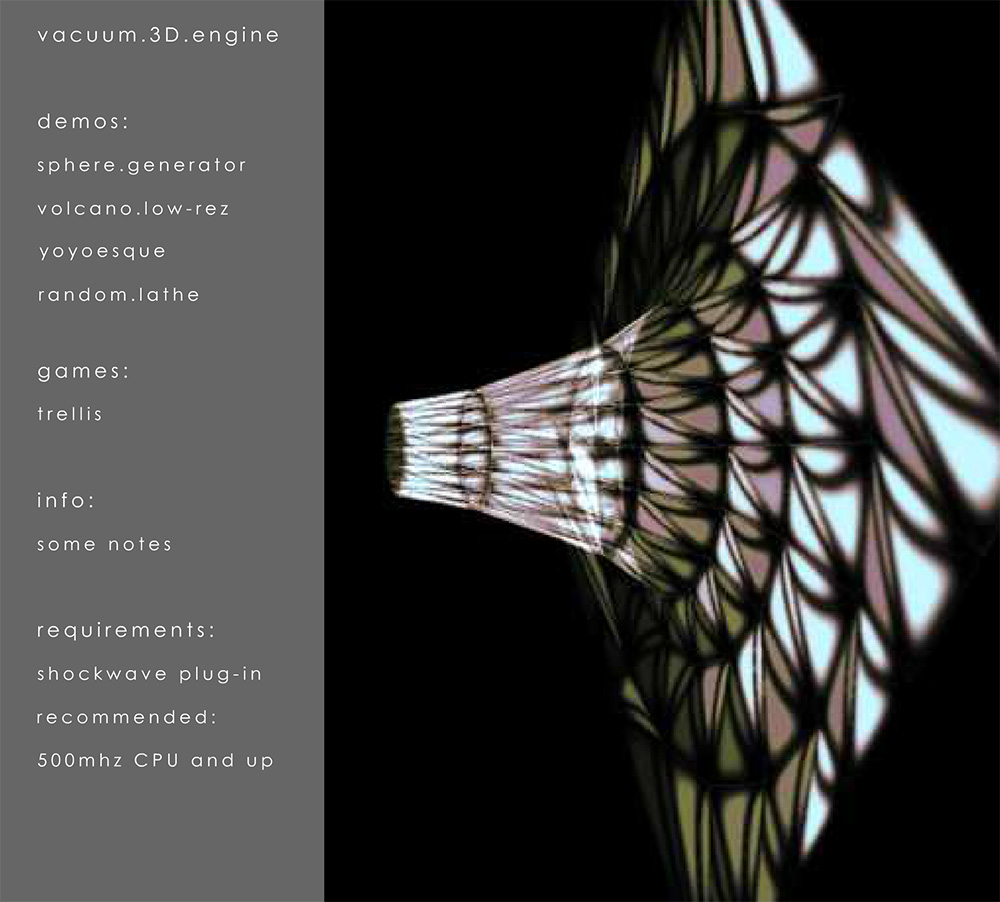Awhile back, I wrote some collision detection code that blitted existing interactive SVG to Canvas and then used the pixel data to figure out various aspects of the relationships between arbitrary SVG nodeTypes. A really simple trick I used can be seen in this pen:
The trick is to load the svg data into an image as a datauri. There are other tricks like this - one of which is using an svg `foreignObject` to blit html to canvas:
https://developer.mozilla.org/en-US/docs/Web/API/Canvas_API/Drawing_DOM_objects_into_a_canvas
There were some browser issues at the time with this. The main one being IE 10/11 didn’t really work (tainted canvas if I recall correctly). The `foreignObject` trick didn’t work with image xlink:hrefs in safari at the time… (weirdly if you opened the dev tools it would start to work) anyway…
I ended up forking canvg for various cases. canvg is really cool… just a note, a coworker of mine went in at some point and optimized it like crazy and improved the perf a good deal by “drying things up”. Maybe I’ll suggest that he submit his optimizations at some point.
